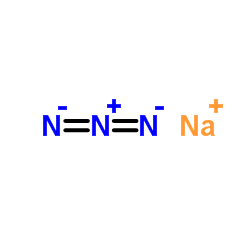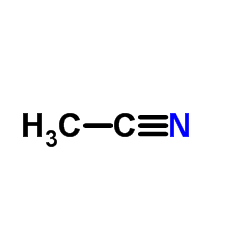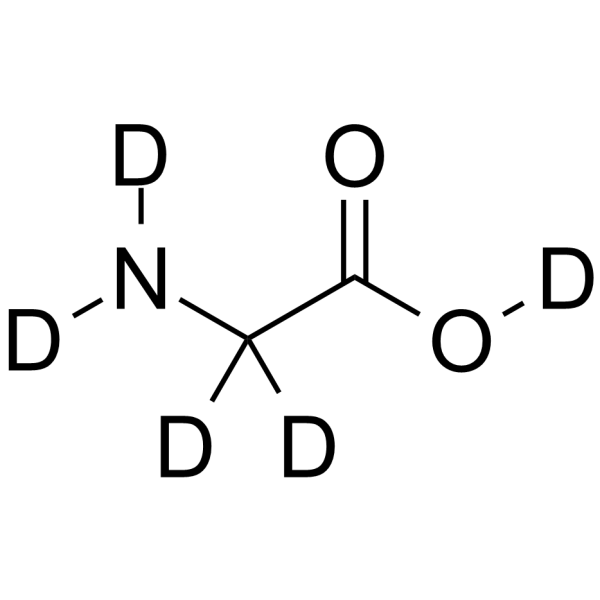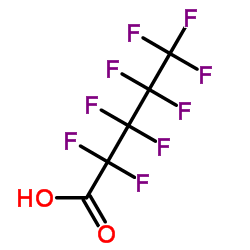| Structure | Name/CAS No. | Articles |
|---|---|---|
 |
Sodium azide
CAS:26628-22-8 |
|
 |
Acetonitrile
CAS:75-05-8 |
|
 |
Glycine-d5
CAS:4896-77-9 |
|
 |
Perfluoropentanoic acid
CAS:2706-90-3 |